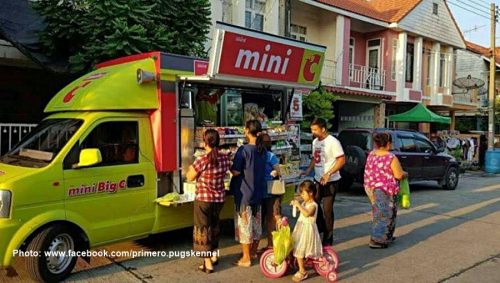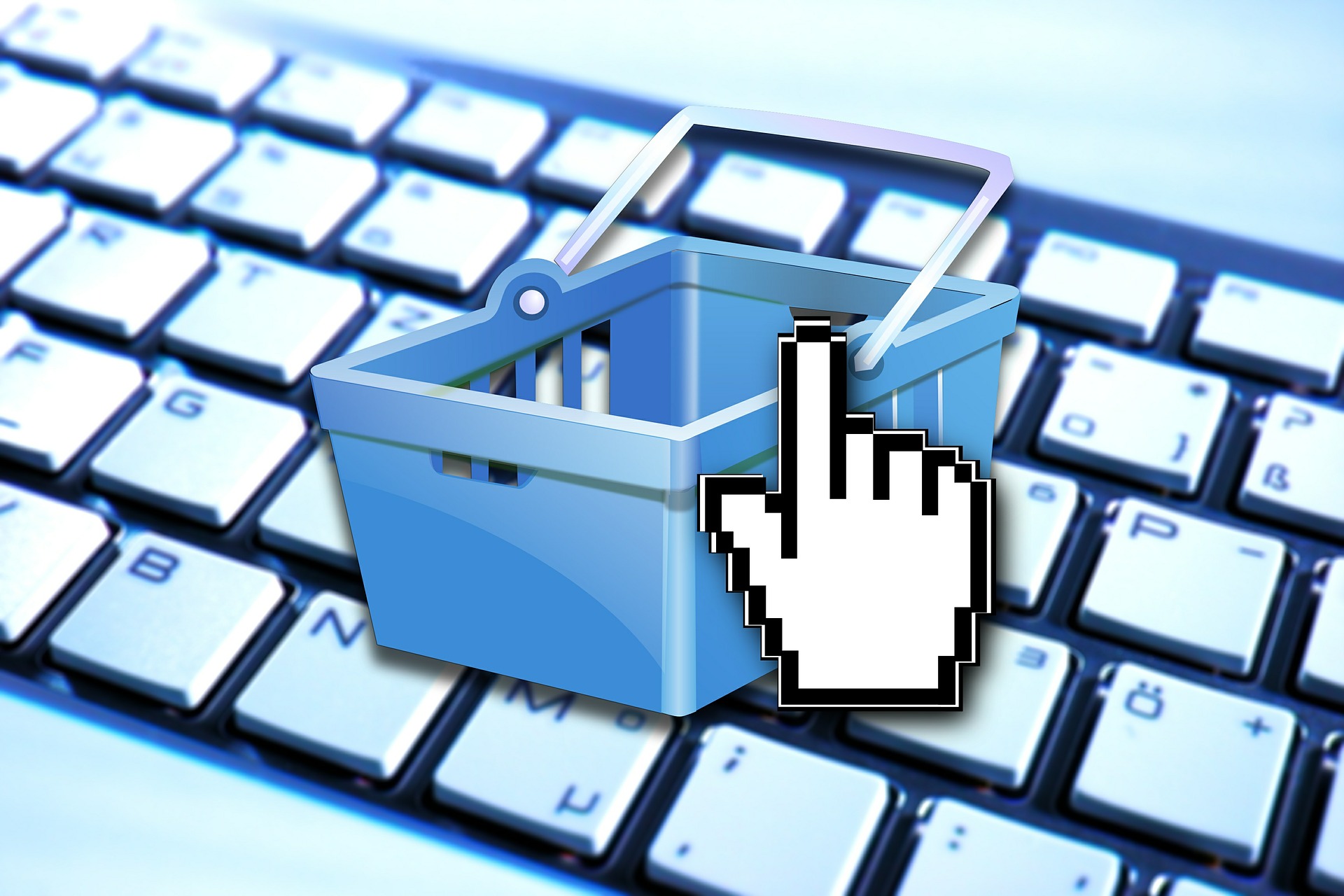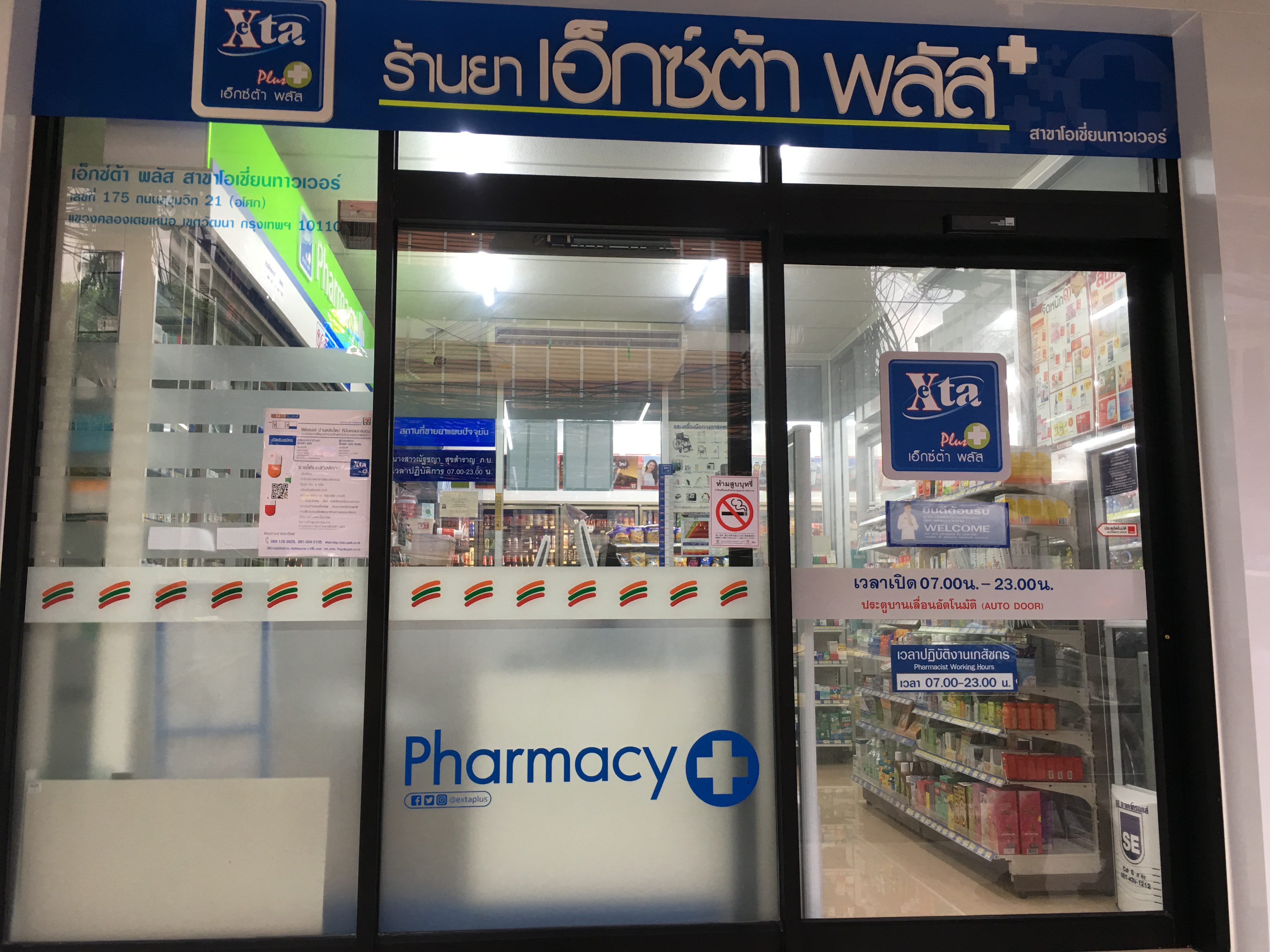 Convenience stores. Remember them? Little shops on the corner of the street? Selling a bunch of groceries – smaller packs, tighter range, and sometimes a little more expensive? Big fridges full of soft drinks, and a counter covered with gum and confectionery? Handy if you fancied picking up a cola, some cigarettes, or a couple of items you’d run out of at home? Convenience stores. I remember! But around the world convenience stores are changing, morphing into something quite different. Yet when I meet with marketing, trade marketing and sales teams, they don’t seem to have noticed the significant changes to this important channel. So how should we adapt our plans and approaches to reflect the new convenience store?
Convenience stores. Remember them? Little shops on the corner of the street? Selling a bunch of groceries – smaller packs, tighter range, and sometimes a little more expensive? Big fridges full of soft drinks, and a counter covered with gum and confectionery? Handy if you fancied picking up a cola, some cigarettes, or a couple of items you’d run out of at home? Convenience stores. I remember! But around the world convenience stores are changing, morphing into something quite different. Yet when I meet with marketing, trade marketing and sales teams, they don’t seem to have noticed the significant changes to this important channel. So how should we adapt our plans and approaches to reflect the new convenience store?
Shoppers have always loved convenience
Convenience store operators were clearly onto something. Convenience was something that shoppers loved. Many shoppers might have loved the big range and the smell of freshly baked bread at the hypermarket, but it wasn’t that convenient. Yes, you could get pretty much everything, but you’d have to drive. Yes they had a fast food store there so we could turn it into a day out with the kids, but sometimes, you just want stuff nearby right? Convenience store operators understood what convenience meant. It meant all of that good packaged grocery, right there near my home, or at the petrol forecourt, or just next to the office.
Recognize that convenience stores have changed
Today’s most modern convenience stores don’t look like stores. They are like coffee shops or restaurants. Take a look at the picture shown here. That’ a new FamilyMart in Thailand. Can you see the packaged grocery? No, nor me. It’s there, but its tucked away at the back of the store. Yes, some people still want to pick up a loaf of bread, or run out of shampoo – just not so many. The new convenience is eat now/drink now, or eat/drink soon.
Shoppers have redefined convenience
Consumers and shoppers have changed. And with it, their definition of convenience. Buying groceries from a small store isn’t convenient any more, because convenience is relative. When I can get all of that stuff delivered to my door, going to any store isn’t convenient even if the store is close by. And while supermarket and hypermarket operators have struggled to come up with a compelling reason for shoppers to continue to trek to their stores, convenience operators have responded. They have responded by changing the definition of convenience.
These stores recognize that what shoppers mean by convenience has changed. Eat now? We have seating. Eat soon? Its ready to eat on the go. Something for tonight? No problem – here you go. Convenience stores have understood that convenience now means something different. It’s an outlet to pay bills, drop off your dry cleaning, have a coffee. It is a lot less about topping up groceries.
Not all convenience stores are the same
But not all convenience stores are the same. In a recent project, we identified four discrete segments of convenience stores, based on different shopping behaviors. Some convenience stores were closer to cafes, like the one shown here. Others were used by shoppers as small supermarkets, used to buy groceries to take home for the next few days. These stores are different, serving different shoppers and different missions – and yet most manufacturers seem to still see them all as ‘convenience stores’.
Without this new segmentation, manufacturers aim the same shopper marketing mix at all outlets, regardless of the fact that the shopper and the shopper mission is completely different. With a segmentation based on shopper missions, a more focused, efficient and effective marketing mix can be created. And – the retailers love it – as they love to see things that are shopper-centric.
Are you ready for the new convenience?
Retail is changing across the planet and shopping patterns are changing with it. How are manufacturers adjusting their business to reflect the disruption in consumption, shopping and retail dynamics? How are you coping? How prepared is your team? If you work at an agency, how well positioned are your clients? Here is a checklist to test:
- Are your team aware, and have planned for, the macro changes in consumption in your market?
- How broad to you see your competitive set: do you look beyond direct competitors within the category?
- How well do you understand your target shoppers, their missions, and you they use different channels to satisfy different missions? Do you have a forecast of how this might change in the future?
- Do your channel definitions match current or historic shopper behavior?
- How well is your trade marketing plans matched to specific target shoppers in specific channels? Has this changed dramatically over the last five years?
- How well configured is your trade investment strategy. If your biggest customers became less important over the coming years, would it cause you investment problems?
If you answer no, or even maybe, or I don’t know, to any of these questions, then you may have a major problem. Drop me an email and we can talk some more to help understand what your problems are, and to diagnose key actions.





